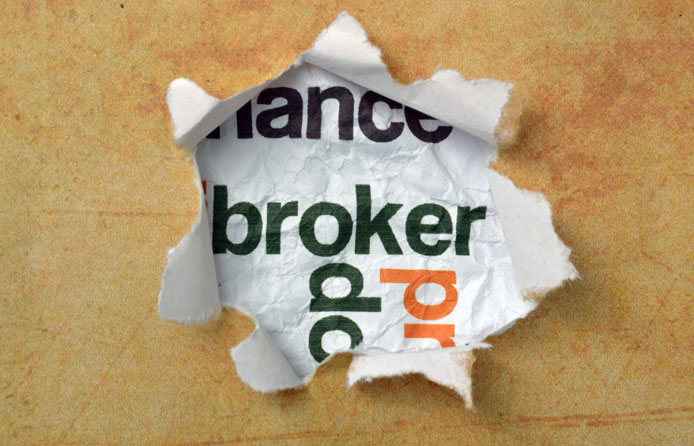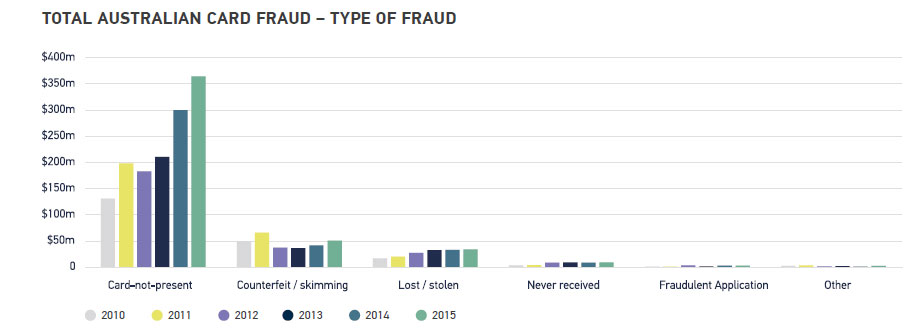One of the industry’s largest aggregators has said that brokers are “on the front line” of preventing mortgage fraud as regulators turn their attention to the third-party channel.
In a compliance update this week, Connective pointed to findings from the 2016 Veda Cybercrime and Fraud Report, which recorded a 27 per cent year-on-year increase in falsifying personal information.
“Falsified documentation — particularly documents that verify a customer’s income — is the most common type of fraud that a mortgage broker is likely to encounter,” the aggregator said.
“It is your responsibility to ensure [that] the income declared on a customer’s loan application truly reflects their actual income. That puts you on the front line in terms of mortgage fraud prevention.”
Since 2010, ASIC has investigated more than 100 matters relating to loan fraud, and it banned, suspended or placed conditions on the licenses of more than 80 individuals or companies.
“We can only expect this scrutiny to intensify,” Connective said. “Quite recently, one mortgage broker was actually jailed for five years for colluding with clients over fraudulent loan applications.”
The award-winning aggregator urged brokers to carefully check income and verify living expenses by “studying” payslips and bank statements.
“You should check carefully to ensure that these documents, particularly the payslip, contain the information you would reasonably expect to see, and make an effort to check [that] the documents have not been altered or doctored.”
Connective provided this list of what should appear on a payslip:
- Employer’s and employee’s names
- Employer’s Australian Business Number (if applicable; verify by looking it up online)
- Pay period
- Date of payment
- Gross and net pay
- Hourly rates and amount paid
- Any allowances or bonuses
- Superannuation deductions
- Any other deductions (such as child support payments, HECS payments)
- Leave balances
- A year to date summary
“If you are in any doubt, it is a good idea to ask your customer’s permission to call their employer and verify the information in their payslip,” Connective said. “If they refuse to give you permission, this can be considered a red flag.”
Back in June, Equifax BDM Steve Arsinoski informed brokers at a Pepper Money roadshow that 13 per cent of frauds reported were targeting home loans and there has been a 25 per cent year-on-year increase in frauds originating from the broker channel.



